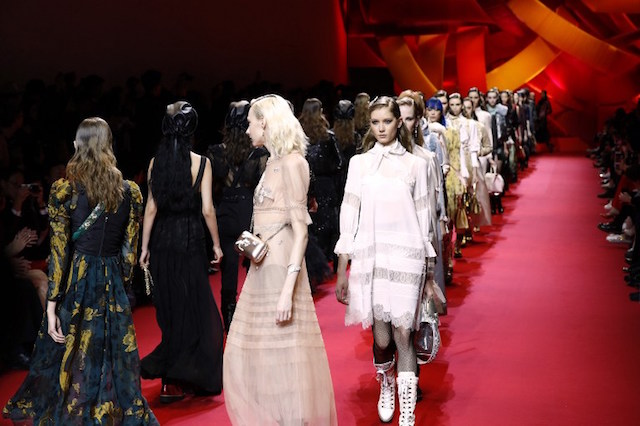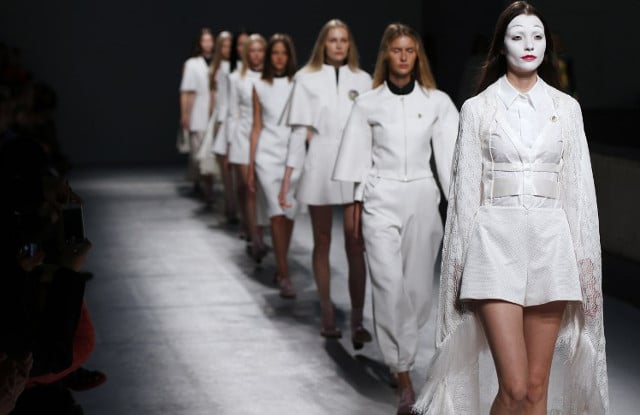- France cracks down on super-skinny models
- Top Paris label sacks agency over 'sadistic' abuse of models

A host of French-owned fashion labels spanning Christian Dior to Saint Laurent pledged Wednesday to ban ultra-thin models from their advertising and catwalk shows following criticism that the industry encourages anorexia.

